Go right till the end
PUSHING TO THE END
This is an idea I’ve had for quite some time now and I think it really rings true in both Tournament play and cash table play and is a point I’ve heard other bloggers also mention. And that is to persevere until the end. At the end of the day, no one remembers the second placed finisher do they?
Most certainly, the man or woman who ends the race for the money who comes second is never well rewarded in poker compared to first place. In poker only first place wins the pot. So this it is why it is important to do your upmost to win the pots you are involved in and protect your hand when you are only marginally ahead with say top pair. Otherwise you might regret it...
It is said that a highly skilled player can play a marginal hand well, while it doesn’t take much skill to play a monster hand to good effect. That being said, at the lower levels, inexperienced players tend to ‘slow play’ big hands a lot, I would say. If you have the nuts, raise! You want to maximize your expectation to win the hand and win it big. Why play the game otherwise?
OVERALL, NEVER GIVE UP
It’s a bad idea to give up when the chips are down. The great thing with poker is that you can always bounce back, in the next hand even.
STARTING HANDS CAN HELP
Here are some hands that are interesting to play and a description of their hand strength, according to my favorite poker novelists, Sklansky & Malmuth;
Of course the aces are always nice to have :) but even with aces you should tread cautiously!
HAND NUMBER 1:
“A ♥️ 4 ♥️ on a flop of K ♥️ 4 ♠️ 4 clubs. This is a monster! You have trips with the best kicker and a back door flush draw. You almost certainly have the best hand, only pocket kings and king-four can beat you. There are no straight or flush draws possible. Unless the pot is very big, there is no need to knock out opponents.” (Page 62 small stakes hold’em).
HAND NUMBER 2:
”J ♥️ 10 ♥️ on a flop of K ♠️ J ♠️ J clubs. This is a marginal hand. With any bottom two you are vulnerable to the top card pairing, counterfeiting your lower pair. Plus in this case, the very coordinated nature of the board makes it likely that someone is drawing to a straight or a flush. The turn card will drastically affect your hands value. A straight or a flush will likely leave you behind and drawing to four outs. A blank, on the other hand, puts you in a strong position. This you may want to wait until the turn to play strongly.” (Page 61)
HAND NUMBER 3:
“Q ♥️ Q ♦️ on a flop of K ♠️ 7 ♦️ 2 ♥️. This is a strong hand. (Though it is on the low end of that category). You have pocket pair much higher than middle pair. If you have the best hand, you are unlikely to be outdrawn.” But of course there is the risk of someone holding a King, however as there wasn’t a raise before the flop by anyone else, it would be likely you have the best hand here. I usually bet into my opponents by raising from early position or raising/re raising in late position.” (Page 61)
A CONCLUSION TO TONIGHT’S BLOG POST AND THOUGHTS:
So there you have it. A nice quick assessment of some different hands and flop combinations and their relative strengths according to the two writers. It really is useful to learn about these things so you know what to do in a variety of different situations.
Overall, when the chips are down either take a break or keep going. Keep fighting. Usually with persistence you’ll find yourself quickly on top again if you are a good player and play well. Sometimes you get unlucky. Sometimes you get lucky. But the good players bounce back time and time again. Fight right till the end and...WIN.
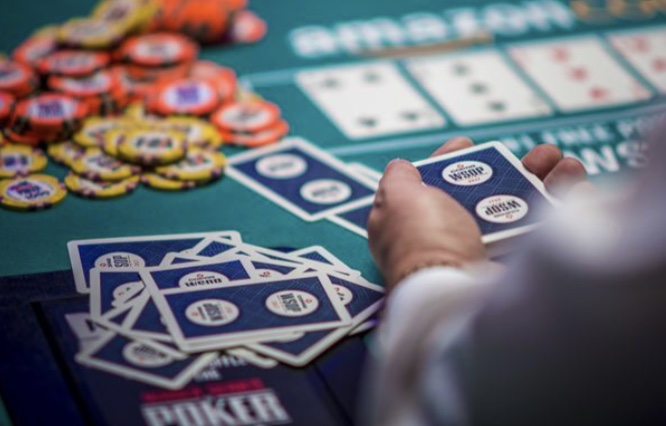
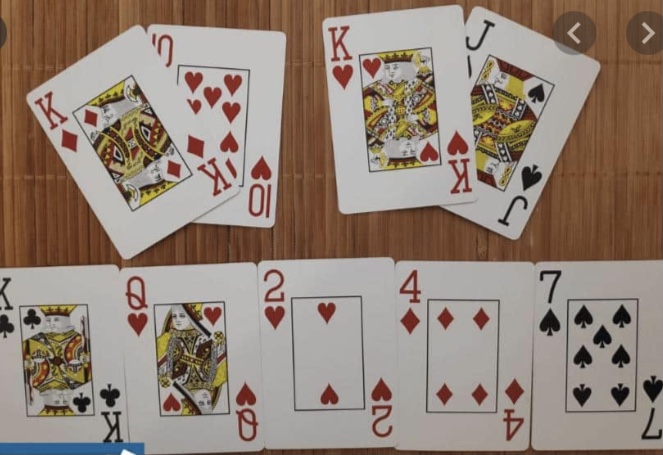
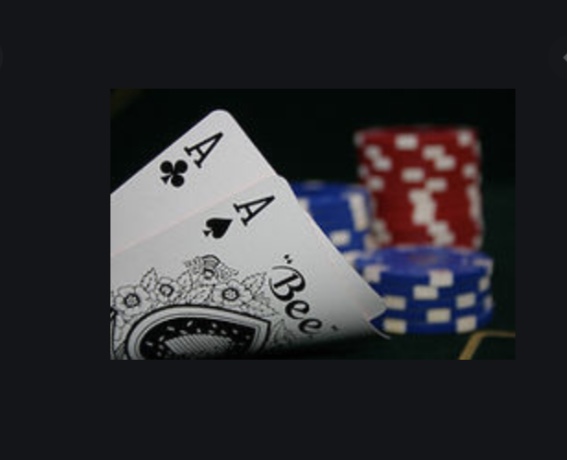
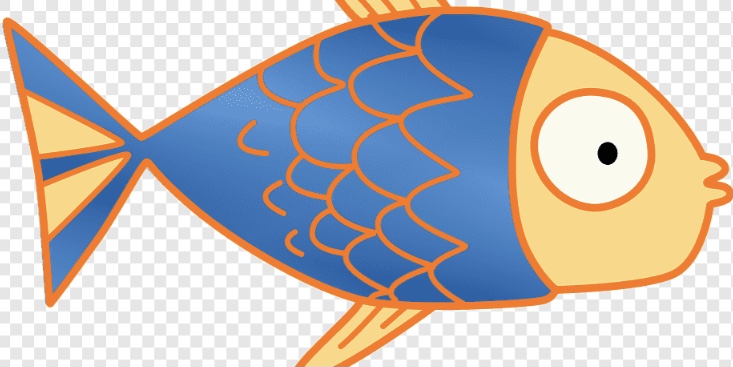

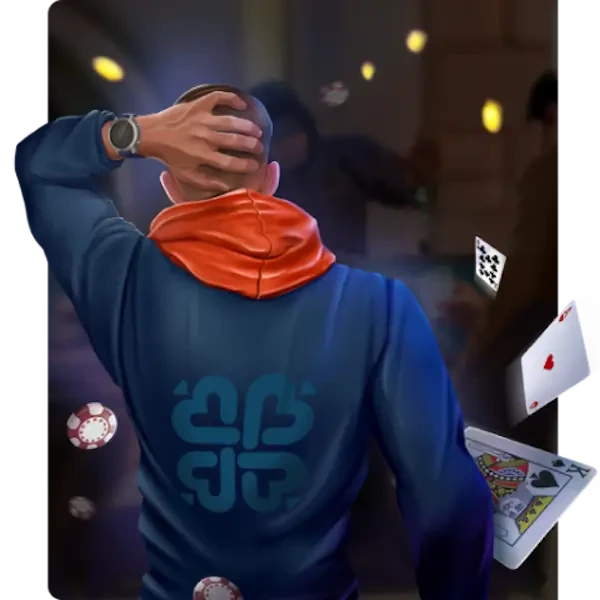
Oh yeah, youll never be satisfied with the secobd place.. Probably Deal in this case can suitable?
Theory, this is also interesting, but I would like to see more of your game.
Good luck;)